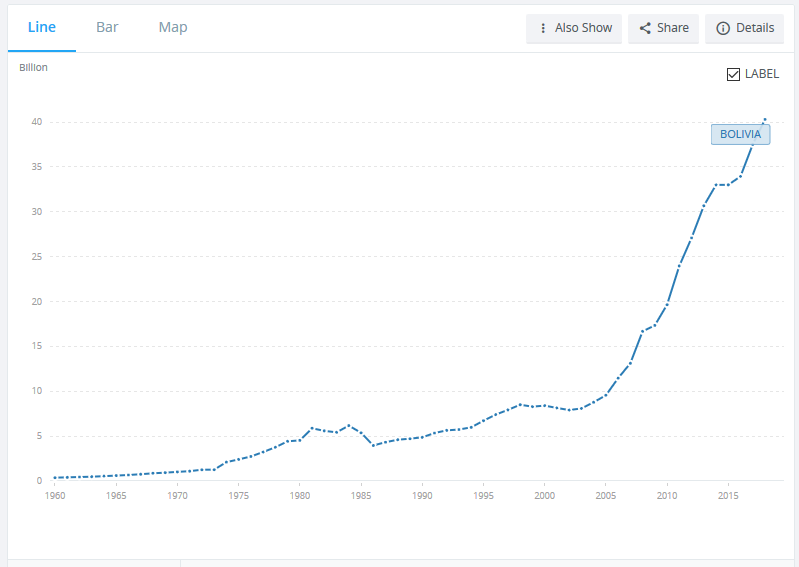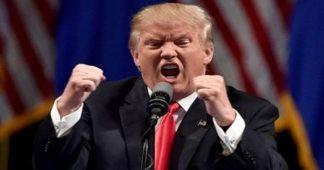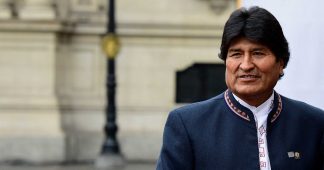By Vaggelis Georgiou,
journalist
Nov.13, 2019
Let’s try not speak in constitutional or political terms. I think that developments these days in Bolivia are such that we need more time to do critical journalism. But let’s look at the “works and days” of Bolivian President Evo Morales. What did this leftist “dictator” do to the Bolivians? According to World Bank data and the World Happiness Report (UN), the first Indian Bolivian president did a good job during his rulership, from 2006 to 2019.
First, Bolivia ranks among the 132 countries (46) that have seen people’s happiness rates rise significantly from 2005 to 2018, according to the 2019 UN Happiness Report. At the same time Greece -a core state of EU- ranked 126th, is “hanging out” with countries such as Syria and Venezuela in declining citizen happiness.

https://data.worldbank.org/indicator/NY.GDP.MKTP.CD?locations=BO&view=chart
Second, GDP (gross domestic product) jumped from $ 11,452 in 2006 to $ 40,288 in 2018 (chart above). Bolivia reached 6.8% annual growth in 2013 and fell to 4.2% in 2018, largely due to the less favorable international context. Of course, it is a factor unrelated to Morales policy. According to the 2018 Human Development Report (UN), Bolivia has improved its position.
Third, as the figures (below) indicate, Morales did not succeed in the early years of his rule in stopping the strong wave of drop-out rates in elementary school. Nevertheless, this is a phenomenon that made its appearance in Bolivia’s primary education since 2000 and has continued. However, since 2014, the government has been able to halt this sad progress and then increase student enrollment. Also, on Morales days, the literacy rate has increased according to UNESCO data, especially for people over 65. Adult literacy rose from 90.7 in 2007 to 94.4 in 2014, according to the World Bank.

https://data.worldbank.org/indicator/SE.PRM.ENRR?locations=BO
Fourth, Morales inherited crushing poverty rates. In 2006, Bolivia was a country with 60% below the poverty level. In 2018, however, that level has dropped to 34.6. There is of course work to be done, but we are talking about Bolivia (below). Disparities of income decreased significantly from 0.60 to 0.47.

https://data.worldbank.org/indicator/SI.POV.NAHC?locations=BO
Fifth, Morales was less successful dealing with the current account. As we can see below current account is negative, but we need to look at the whole picture. Bolivia for nearly 40 years, 1960-2000, was living in a negative balance regarding current account with a few positive breaks.
The picture started to improve dramatically from 2000 until after 2008 it took a stroll, touching a historically “lowest” level, worse than 1998. However, Morales seemed to improve things somewhat after 2018, but not dramatically. However, the trade balance has been better. It should be noted that the Morales governments have achieved record-breaking exports of goods and services over the last 60 years of the country’s economic life.

https://data.worldbank.org/indicator/BN.CAB.XOKA.GD.ZS?locations=BO&start=1976&end=2018&view=chart
Sixth, unemployment remained particularly low (3.5% in 2018), though slightly up compared to 2006. These were six of Evo Morales’ “crimes”. If we compare some European or Northamerican leaders’ performance, we may not find – analogously – such good results from leaders with, education, wealth, family connections, and financial support that people like Morales never in his wildest dreams… did he imagine.
Source: SLpress.gr











